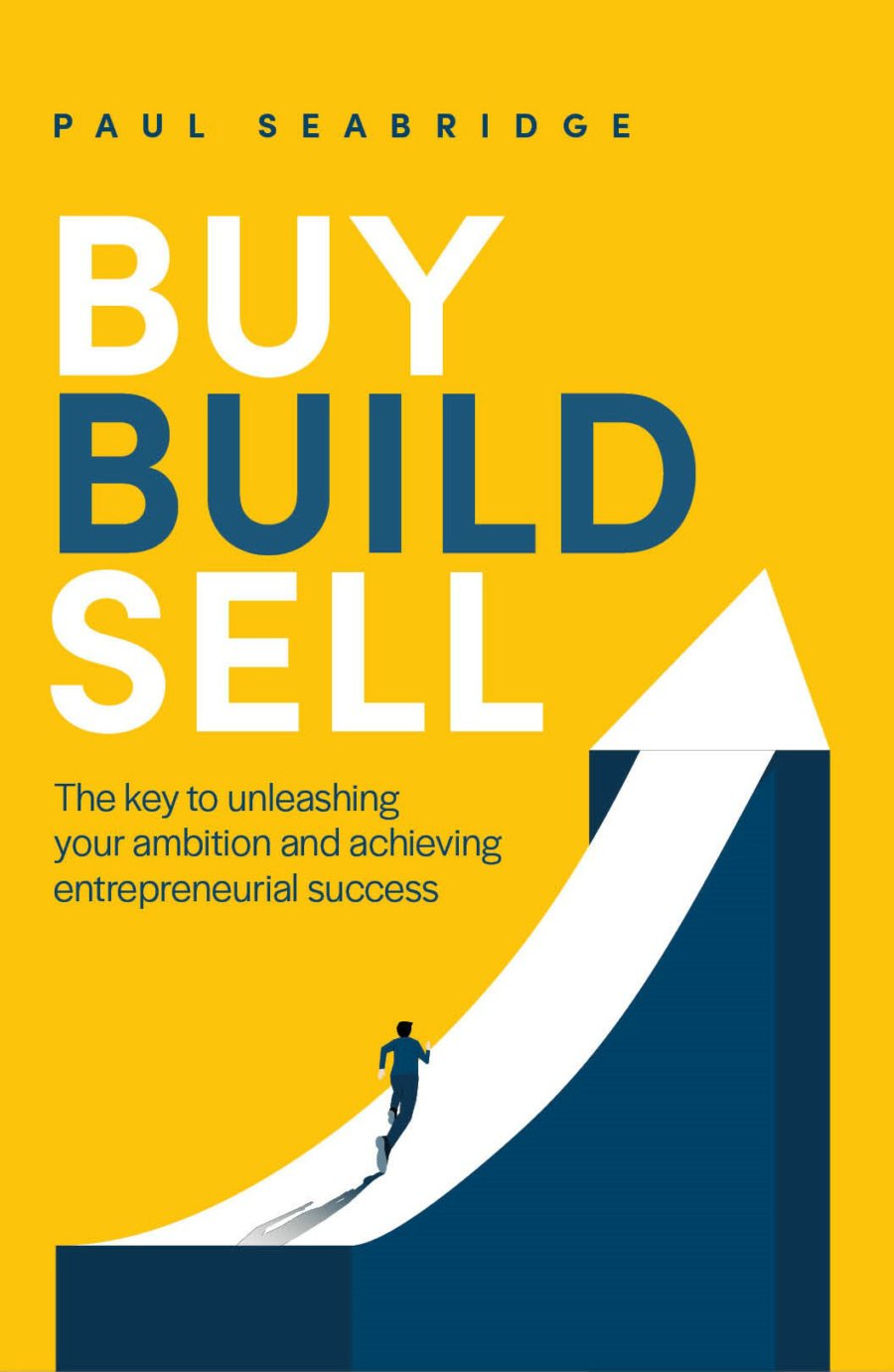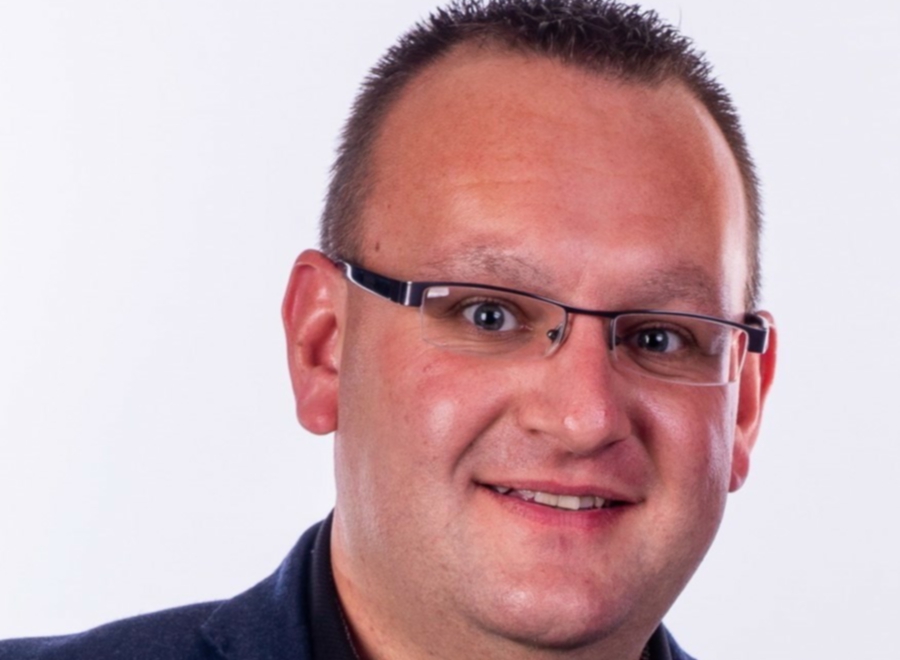The myth that you need lots of capital to do acquisitions is just that – a myth, writes Paul Seabridge, author of Buy, Build, Sell
Mergers and acquisitions are the only sure fire way I know to double the size of your business in an afternoon. By selling companies you can create meaningful wealth that gives you choices in life, that allows you to go where you want, with whom you want, and do the things you want.
My paradigm shift came in 2015 when I decided to move away from running businesses. My time is now spent sourcing and doing deals (mergers, acquisitions, investments), which is where my expertise lies.
My amazing team takes care of the operations and growth plans – they are much better at this than I ever have been or will be. This gives me the freedom to live and work where I want, and I don’t see work as work. What’s more fun than finding, negotiating and securing multimillion dollar deals from the gloriously sunny Mediterranean?
Blowing the myth
The myth that you need lots of capital to do acquisitions is just that – a myth. I have completed over eighty transactions, most with no money down, or at least not my own. I invest my wealth in boring things that create passive income streams: real estate, commodities and structured investment products. I don’t use or risk my own capital to acquire companies.
Think about when you buy a house, do you pay for it all in cash? No, most people borrow the money from a bank in the form of a mortgage. Buying companies is the same. Some of the largest deals are still done this way. In the UK, the Issa brothers acquired ASDA, a major UK supermarket, from its owners, Walmart in a £6.8bn deal made up mostly of debt.
At Opulentia, we have devised a model to buy well-run, profitable, established companies in fragmented marketplaces. We then roll up in that industry (essentially a process of buying up smaller companies and creating one larger one); when you start putting companies together you can create economies of scale, buying power and faster growth.
In 2018, I met John Gardner. John is an ex-military man who, after coming out of the forces, spent two decades in the taxi trade. He was hugely successful building his own taxi business and then working for a private equity backed group to roll up in the taxi industry.
I met John when he was helping a friend sell his taxi business. John had a vision to create the fastest growing taxi company in Britain and we joined forces. In under two years, the Take Me Group was formed, and I helped John acquire seven companies.
He has since built the group to almost twenty taxi companies with thousands of cars and drivers across the UK. When a taxi company joins Take Me Group they can instantly access economies of scale; they can tap into new technology, call centres and driver recruitment schools (to grow the business with more drivers).
Another industry I am involved in is the caravan and motorhome industry. In the UK this is hugely fragmented, with over 3,000 businesses. We have acquired five operators in this space to form a larger group, Falcon Recreation Group, which now boasts over £45m in turnover and makes substantial profits.
Buy, build, restore
In all these deals, we utilised many of the tactics discussed in this book including cross-selling, improving margins and improving the environment for employees.
We have perfected our model whereby, when we get into a new sector, we acquire a platform company: an all-singing, all-dancing business (well-established, consistent financials, good profits, capable management team) and we use that to roll up in the sector, either buying market share (buying competitors), related services/products (cross-selling, diversify income stream) or capability (buying up parts of the supply chain/improving margins).

We then use the improvements to the business to drive synergies, using a model driven by my colleague Mathew Wainwright, Opulentia Capital’s COO.
Our model of building a larger group inside a fragmented industry where there are lots of SMEs and few large enterprises, is mainly focused on creating a win-win scenario for the different parties we work with, such as sellers, staff, banks, suppliers, customers, the shareholders and society.
For sellers, we provide an opportunity to retire, move on to another venture or simply remotivate them while also meeting their financial needs. For us as a buyer, we will focus on running and trying to improve the company post-acquisition, while taking care of the brand, the reputation it has with clients and the staff. For the staff, we make sure that they are happy with our ownership, because if they are happy, they will make the customers happy.
Our HR team takes a consultative approach towards how we, as the new owners, can make their life easier. Furthermore, as we buy more companies in the same industry, there is an opportunity for staff to move up the ranks if they show leadership potential or relocate to other parts of the industry in which we have made acquisitions.
For the banks, the appetite to work as funding partners in different projects of the larger group also increases, because they have the security and backing of a larger company.
The suppliers can now rely on a larger balance sheet and P&L, which typically represent security mechanisms that reassure them that they will be paid for the products they supply, as well as an increase in sales volume due to the upselling, cross-selling and down-selling capabilities that come from the larger group.
The end customer is spoiled for choice and will want, or at least be exposed to, more of the services and products that are on offer. The end result of this group buildout is that all the parties involved end up in a more favourable condition.
- Extracted from Buy, Build, Sell by Paul Seabridge (pictured), CEO and founder of M&A and Private Equity firm Opulentia Capital, which has completed c.90 transactions across multiple industries.








